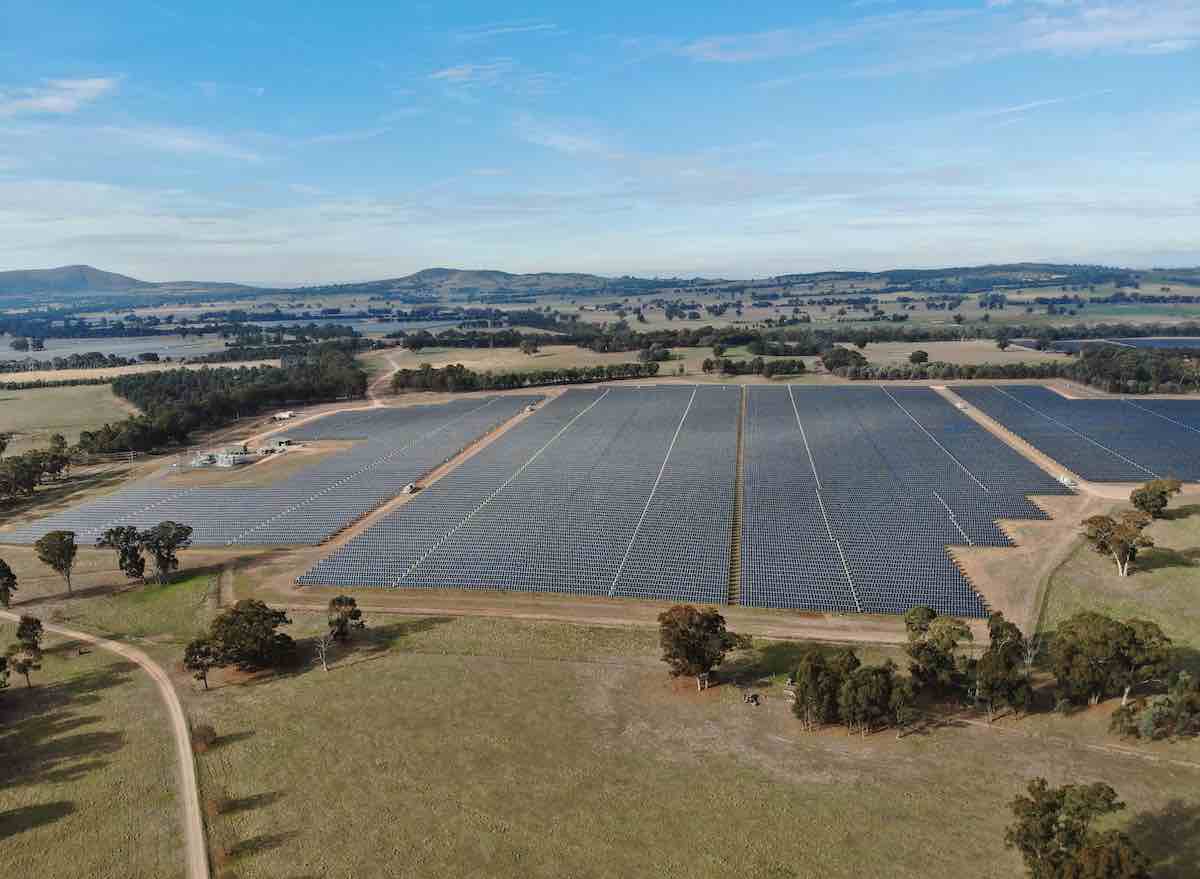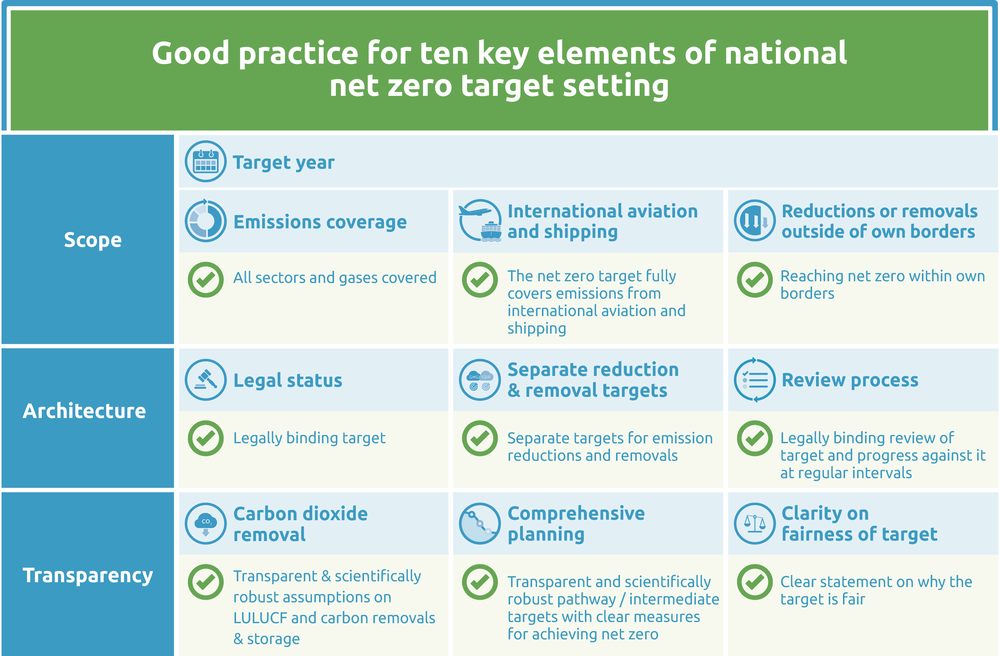Net-zero targets are definitely on the agenda, in Australia. Unfortunately, they’re not on the agenda in a good way. A shift in leadership in the more conservative, rural-focused Nationals of the Liberal-National coalition in government was heralded as either a sign of climate stagnation or climate progress, but really, it simply indicated a minor shift in how climate ambition will be feigned and faked in the lead-up to the COP26 global climate meeting due in November this year.
Several clues suggest what shape this will take: the random exclusion of emissions-intensive sectors such as agriculture or fossil mining, pushing off any action or ambition back to the 2040s, setting a late deadline for achieving net zero, and relying promises of offsets, carbon removals and CCS instead of substantial, actual emissions reductions.
But what would a good net zero target actually look like? The answer isn’t particularly simple. This is mostly because countries – even the idea of what constitutes a country – isn’t simple. A recent, detailed post by analytics firm Climate Action Tracker (CAT) digs into answering this question, at least in general terms.
What CAT are addressing in their post is a very notable and significant gap: between what has been pledged as a climate result, and what will happen based on existing policies. That is to say, while global climate pledges, including net-zero targets, are now covering 73% of global emissions, there haven’t been sufficient policy changes to go with these pledges:
We are all so excited by net zero in 2050 & 1.5°C that it sometimes feels like the job is half done.
Well, don't forget, Stated Policies lead to flat emissions, net zero 𝒑𝒍𝒆𝒅𝒈𝒆𝒔 lead to a ~40% reduction by 2050, & we are not remotely near achieving net zero in 2050… pic.twitter.com/LzWzAvN15l
— Glen Peters (@Peters_Glen) June 19, 2021
What this means in practical terms is that net-zero pledges far too regularly can be made without the requirement of any change to emissions – not in the short term, or the long term. But it also means that the problem can – potentially, and with effort – be rectified. This means setting some standards that paper over the loopholes in three key areas: the scope of the target, the way it’s built and legislated, and how transparent the process is.
This post strikes many of the same notes as I wrote about previously here at RenewEconomy. Some are particularly relevant to Australia, and will serve as a pretty clear, simple comparison tool for when a net-zero target is eventually announced.
When a net-zero target is set, it has to include not only all domestic sectors, but international aviation and shipping, too. The target will have to be enshrined in law, it will have to be assessed at regular intervals by an independent body, and there will need to be clarity on how fairness came into play when the target was set.
Most important will be creating separate reduction and removal targets, to counter the problem of targets that rely heavily on promises of emissions removals in the future.
Climate Action Tracker will be systematically evaluating the world’s net zero targets in the lead-up to COP26. If Australia ends up declaring one, I’m going to predict that the process for that one won’t be particularly hard – but nor will be the push-back in which very specific improvements can be made.











